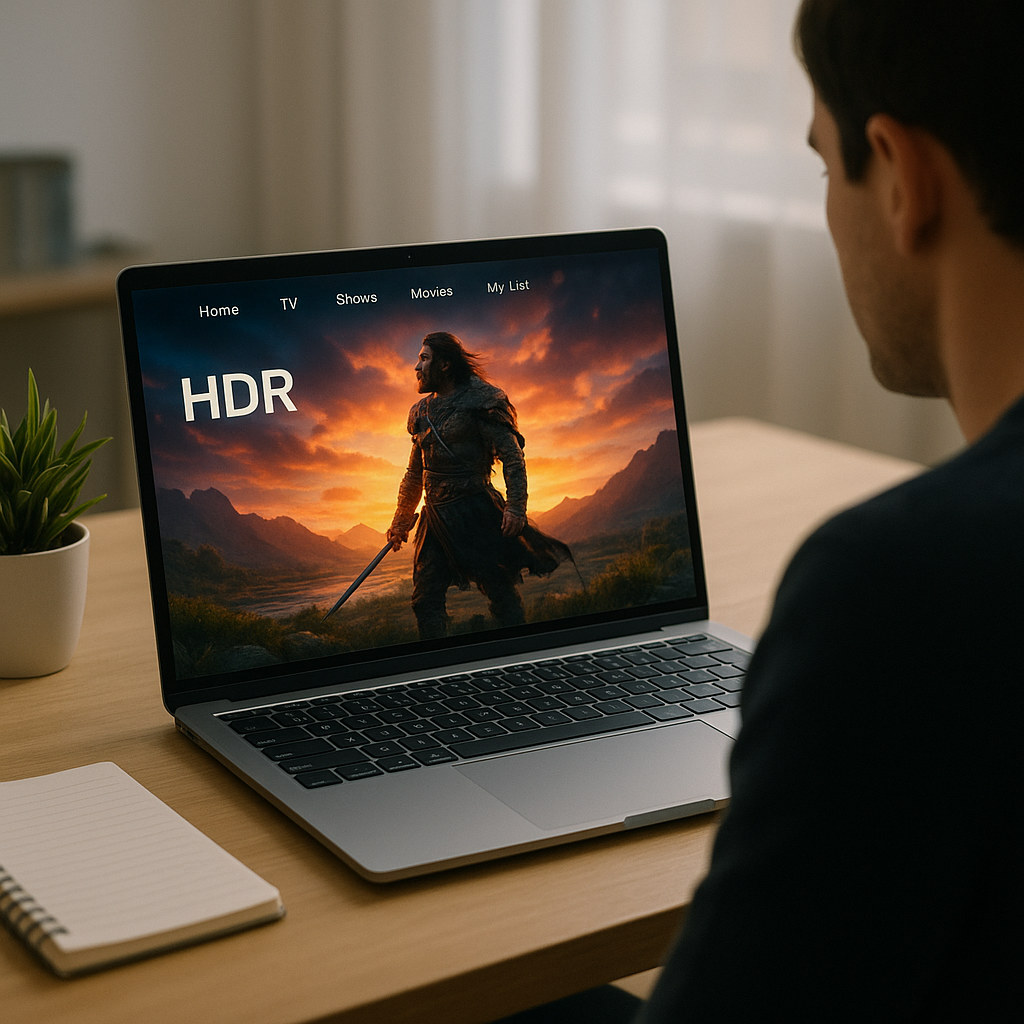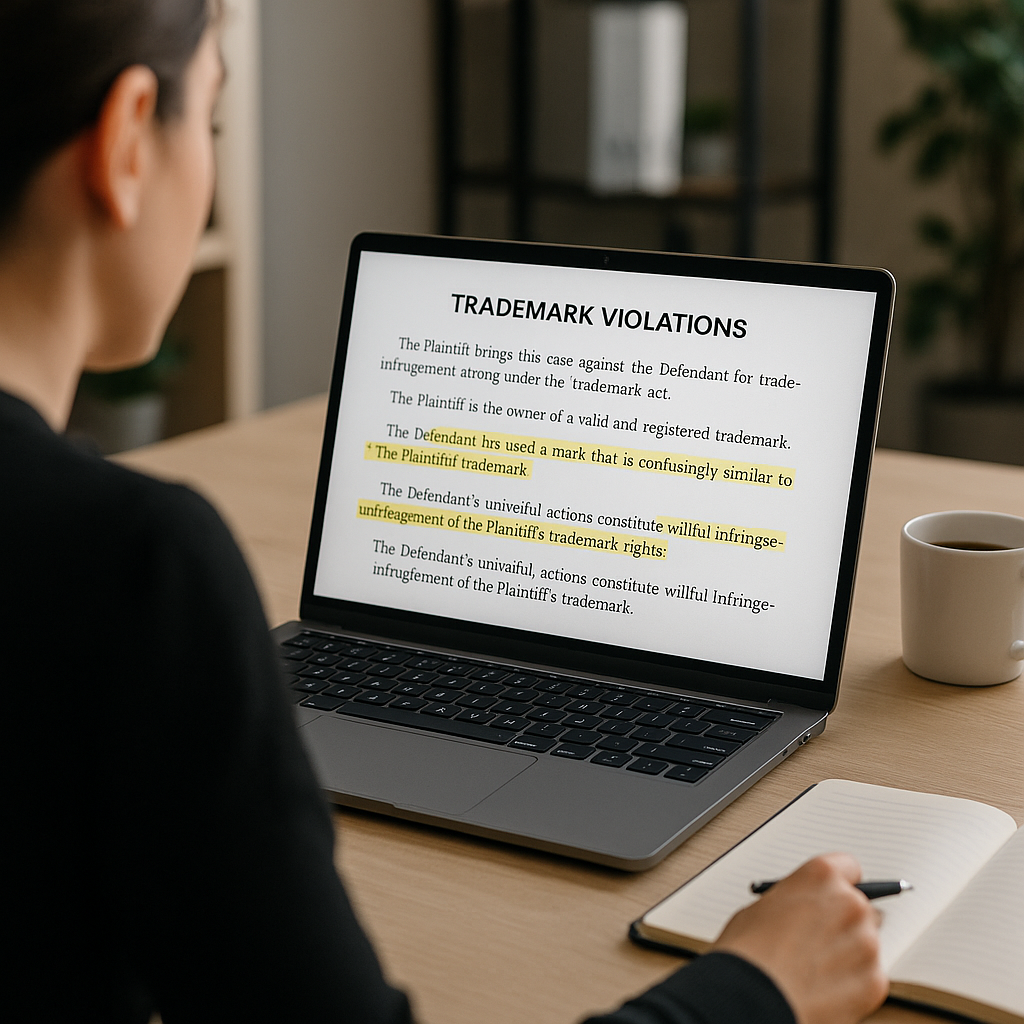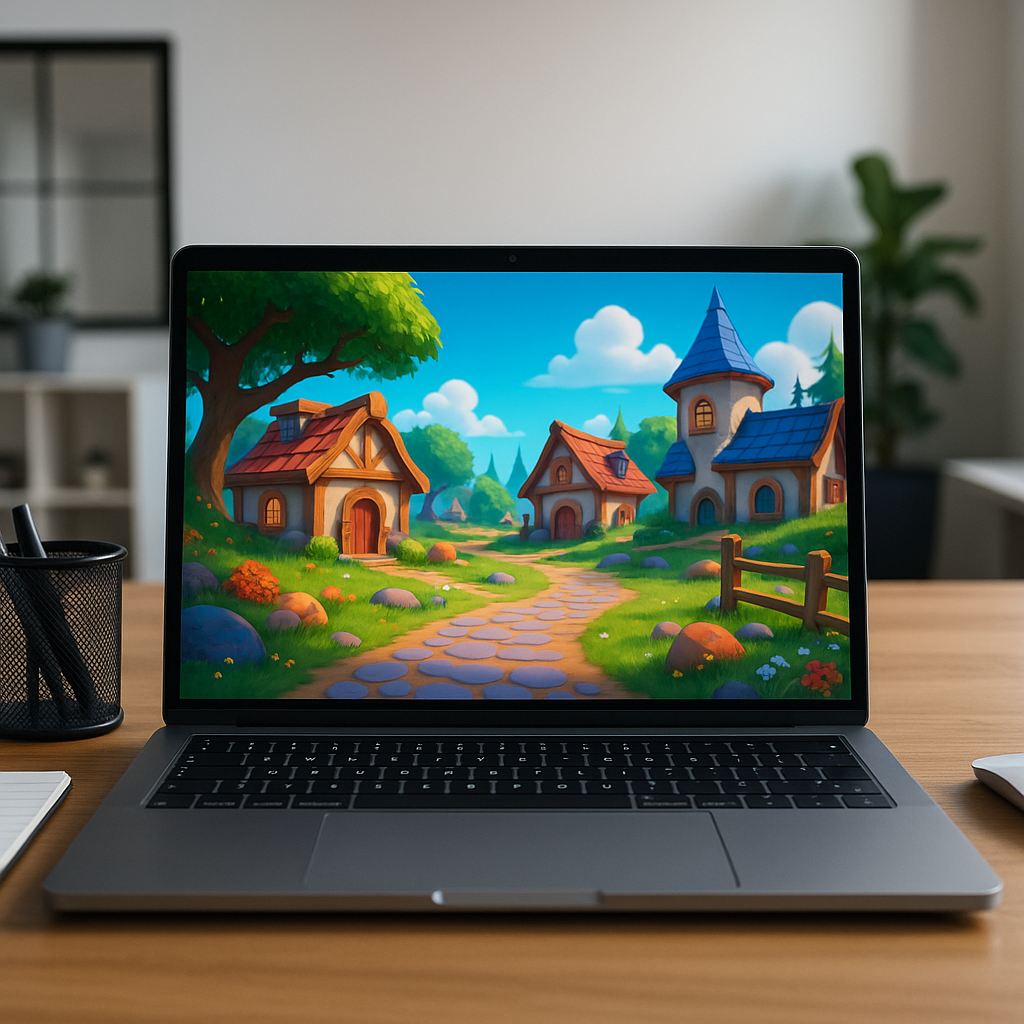# Understanding the Current Issue with Roku’s HDR Streaming: A Closer Look
As a dedicated user of streaming platforms and a tech enthusiast, I frequently keep up with the latest developments in the world of entertainment technology. Recently, I’ve stumbled upon some concerns surrounding Roku and complaints about washed-out HDR (High Dynamic Range) streams, specifically when using Disney Plus. Given our reliance on seamless entertainment experiences, I thought it would be beneficial to explore this topic further and share insights that might help users navigate the situation.
## What’s Happening with Roku’s HDR Streaming?
Roku is currently investigating user reports that HDR streams, particularly from Disney Plus, are appearing washed out or desaturated on various Roku TVs. The problem was first highlighted in a discussion thread on Roku’s issue tracking board, where users described their viewing experience as less than desirable, with colors resembling a dreary gray rather than the vibrant hues HDR content is meant to provide.
Interestingly, this issue doesn’t seem limited to just one app or one specific model. Initially, users reported the washed-out colors while streaming Disney Plus on TCL TVs, but as more individuals chimed in, it became apparent that the problem extends to other platforms, including Netflix, YouTube TV, and Amazon Prime Video, affecting different TV brands as well. The consensus is that a recent update—specifically Roku software version 14.5—may be the root cause of this unfortunate predicament.
## The Importance of HDR in Streaming
High Dynamic Range (HDR) technology has dramatically improved our viewing experiences, allowing for a wider color gamut and enhanced contrast between the darkest and brightest parts of an image. For anyone who enjoys cinematic films or vivid documentaries, HDR can transform simple viewing into an immersive experience. Therefore, when issues arise—such as with washed-out colors—it disrupts not just our visual enjoyment but can also impact our engagement with the content.
For example, I recall watching a beautifully-shot nature documentary in HDR, experiencing the vibrant blues of the ocean and the lush greens of the forest in ways that felt strikingly real. Such experiences resonate with viewers and underscore the value of HDR technology. If you’re encountering a problem where those colors fade to flatness, it can considerably detract from the enjoyment.
## Exploring User Experiences
Feedback from community users is invaluable during times like these, and I was fortunate to come across a multitude of discussions on platforms like Reddit. Reports from users highlight how their content is almost reduced to black-and-white images when HDR is active, a phenomenon that is both perplexing and disheartening. Some have even specified that non-HDR content plays just fine, further emphasizing that this could be an issue isolated to HDR streams.
As someone invested in technology solutions, it’s genuinely interesting to see how diverse user experiences can hint at various solutions and fixes. The community moderator, RokuEmmanuel-D, encourages users to share details about their specific models and software versions, hoping to pinpoint the glitch. This collaborative approach is vital, and it reminds us of the power of community discussions in troubleshooting and addressing issues together.
## Troubleshooting Tips for Roku Users
For those encountering this HDR streaming dilemma, here are a few practical tips to consider:
1. **Check for Software Updates**: Make sure your Roku device is updated to the latest software version. Sometimes, quick fixes are provided through subsequent updates.
2. **Experiment with HDMI Connections**: As some users found HDR signals from devices like PS5 or 4K Blu-ray players performing well, checking your HDMI connections and settings may reveal signs of improvement.
3. **Adjust Settings**: Explore your TV’s picture settings. Some models allow users to tweak HDR settings or reset picture modes. While it may not permanently solve the issue, it might enhance your HDR viewing experience temporarily.
4. **Engage with the Community**: Don’t hesitate to share your experience in forums or feedback threads. Including information about your TV model, software version, and the apps you’re using can help Roku better understand the problem.
5. **Contact Support**: If problems persist after these troubleshooting steps, reaching out to Roku’s customer support can be beneficial in staying informed about ongoing investigations and potential fixes.
## Conclusion: Moving Forward with Roku
Watching our favorite shows and movies is a delightful aspect of modern life, and disruptions like those caused by the HDR streaming issue can be incredibly frustrating. As Roku works to address these concerns, it’s essential to stay informed and proactive in engaging with the community and the support team.
At Best Choice, we understand the importance of a seamless digital experience, whether it’s streaming or other aspects of technology integration. Should you need professional guidance on optimizing your setup or resolving any tech issues, our team is here to help you navigate the complexities of IT solutions. Don’t hesitate to reach out to us today!





